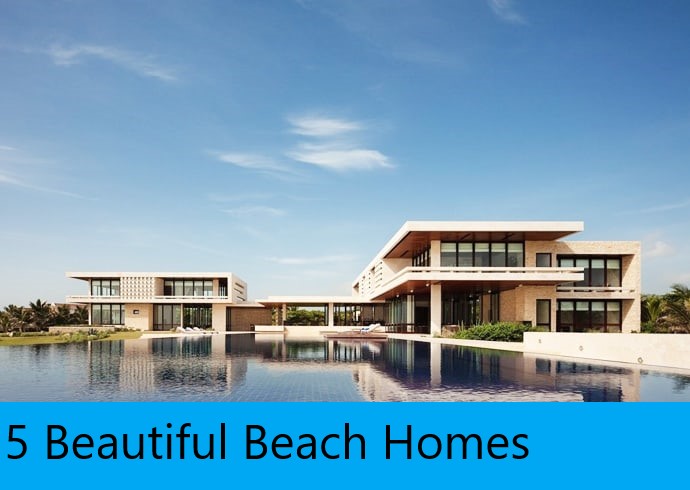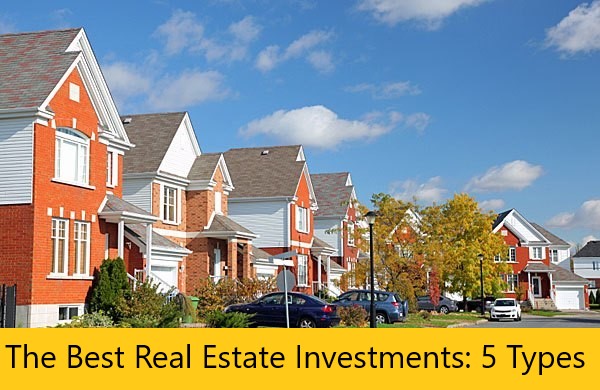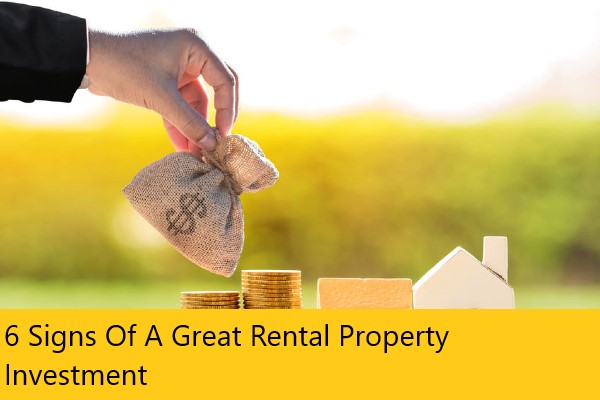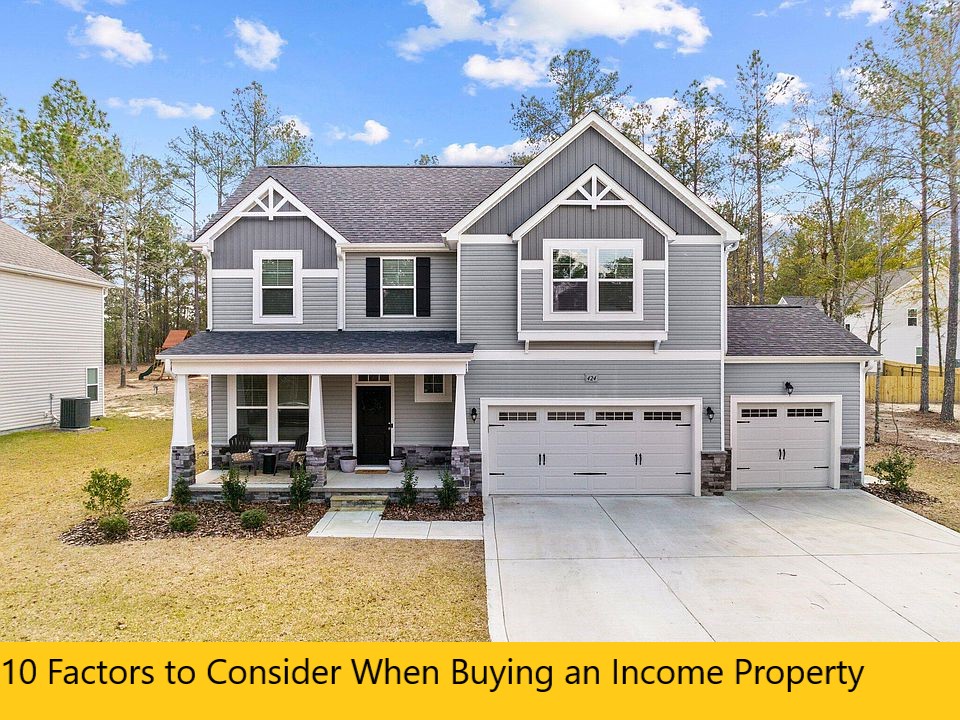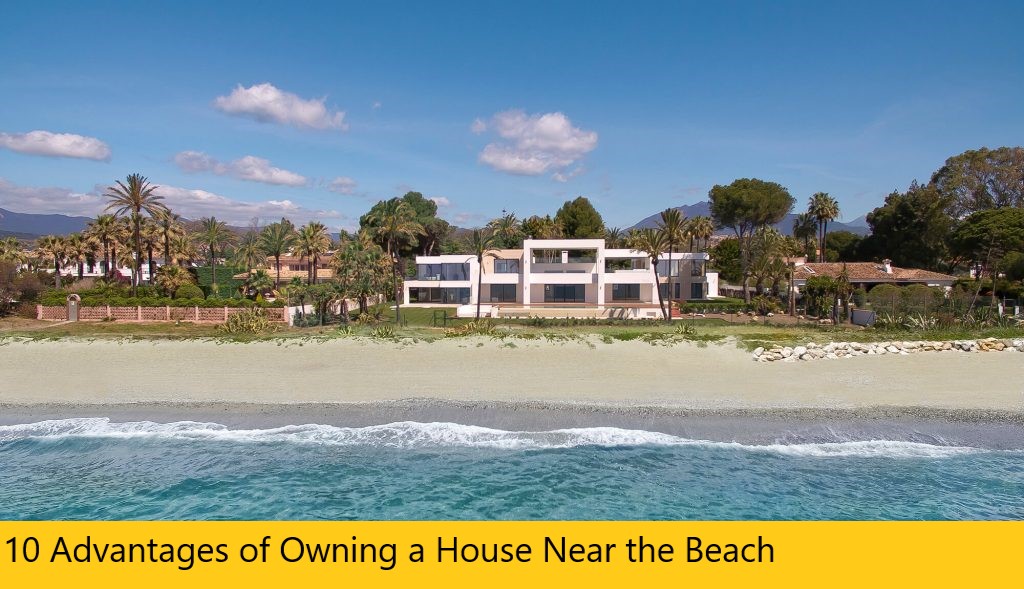Best Types of Residential Rental Income Property to Buy
What is the Best Type of Rental Property? – Is there any time when buying rental income properties doesn’t make sense?
In many cities, for residents, buying is much less expensive than renting. And homes are scarce with owners staying put. We know lack of supply is persistent due to Millennials/Gen Z’s forming families, immigration at all time highs, and new construction being totally inadequate to demand.
This is why institutional investors are hot on the trail for rental properties, so the value proposition must be good.
Fundamentals to Find that Great Property
Buying properties comes down to a good price to rent ratio, and choosing properties which you can maintain cost effectively. For instance, a mix of properties around a city might sound manageable, but in practice the service logistics may be too challenging.
And high risk profile houses may not be your forte, whereas apartments could be the low maintenance type that represents an investment with less danger financially.
Much underrated in the rental property analysis is the type and quality of a property, and you may need look to inspectors and Realtors to help you assess properties and neighborhoods objectively.
Overall, let’s look at the top basic features of investible properties:
- Great neighborhood, well maintained with conscientious neighbors
- Low property taxes with no hikes forecasted
- Schools nearby
- Low crime rate
- Local amenities
- High occupancy rates and low number of rental listings
- Lower price to rent ratio
- Fixer uppers that won’t require too much financing
Some good news for investors is that rents are rising strongly in some cities and the job market is surprisingly solid with consistent wages.
It’s a matter of finding properties you can renovate or clean up to enjoy increased capital gains, reliable cash flow, positive yields and sustainably leased tenants, whether in a house, condo, townhouse or apartment. For some buyers with skills, investing in beat up properties in reasonable neighborhoods might produce the best results.
How to Evaluate Opportunity
The goal in 2023 is rental income strategies. Capital appreciation will be weak to negative for the first half of 2023. And beyond that to the next 5 years, there’s uncertainty. Yet, economists expect some economic recovery in the next 5 years. Rental properties are in big demand (offices are being converted to residential units).
With demand for rentals at such intense levels for the years ahead, investors can focus on properties that promise the best rent yields.
How do you Assess Rental Property Performance Potential?
This post is primarily about the best type of property to buy, yet knowing what it’s ROI or (GRM) is, or could be, will help you avoid evaluating properties that just won’t make the grade for one reason or another. Add on vacancy, maintenance and repairs, property taxes, etc. and some houses simply aren’t worth it. Only the naïve would buy them.
So the type might be on your mind, but it’s other issues that will ultimately make a property good for you.
Gross Rent Multiplier – Rocket Mortgage describes GRM as the “ratio of the property’s market value over its annual gross rental income.” With home prices falling, and rent prices going flat, we’ll have new GRMs for year 2023. The GRM formula goes like this: GRM = Property Price or Value / Gross Rental Income.
If your property is valued at $400,000 and your rent would be $3000 per month, you’d have $400,000 Fair Market Value ∕ $36,000 Gross annual rental = 11.1 GRM. Rocket mortgage believes a good GRM is between 4 and 7.
Once you have the GRM evaluation on your calculator, you’re ready to find some great houses, apartments, condos or townhomes. A lower GRM means you can pay off your rental property mortgage sooner.
Which Type of Property to Buy?
The type of property to buy is important when rental demand and prices are trending. Rental houses are always in demand given the severe shortage. Some investors are turning to manufactured modular homes as worthy rental investments.
Given the high cost of houses, they might have low GRMs compared to more plentiful apartments, apartment unit blocks, and multifamily offerings. Rents would need to be high, and only in the best neighborhoods in upward trending cities would that be appropriate.
Other considerations when considering houses is:
- number of bedrooms and bathrooms
- size of the lot
- square footage of the house/condo/apartment
- rentable units within the property
- yard space
- condition of roof, plumbing and wiring, HVAC, flooring, windows, carpeting, appliances if present
Other Buying Considerations
Even if a property has these good qualities, other factors play in including best cities to buy rating, proximity to retail and transit and schools, neighborhood quality, utility costs, tax districts, and which districts might have troublesome rent laws.
After considering your finances, risk tolerance, property management skills, and the current rental housing market, you may decide differently than you originally envisioned.
Read More : Mypass-a-grille.com
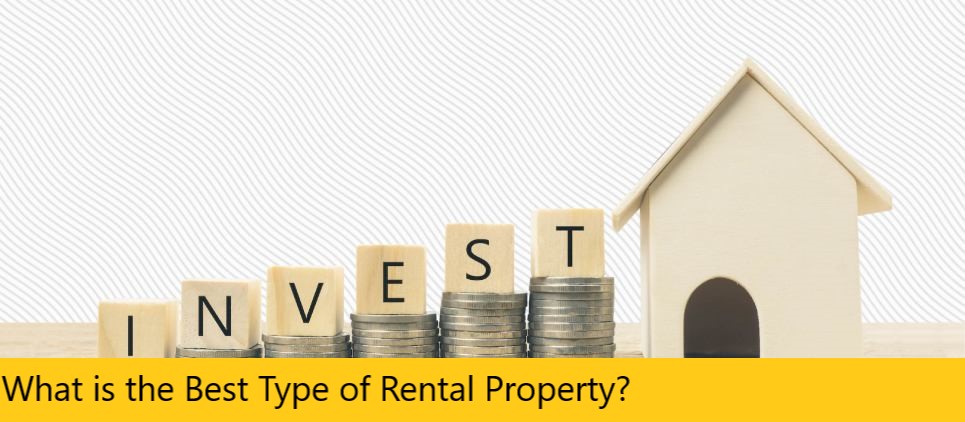
2 Bedroom Houses and Large Low Rise Condos
You have plenty of types to choose from such as apartments, condos, townhouses, semi-detached houses, detached houses, student housing apartments, and more.
2 bedroom houses and low rise condos have been the most prized rental types sought.
The number of bedrooms is a key factor. With Millennials hunting for houses, a 2 bedroom unit may not be sufficient. Higher prices 3 and 4 bedrooms might be ideal if the purchase price isn’t too high. Finding renters at high rent prices won’t be easy.

UK Rental Property Yield Statistics — Screenshot courtesy of simplybusiness.co.uk
If you need to live in the rental house/building you buy, then you’ll need to consider how the building is divided and how many units it can divided into. There are big old houses that are divided into as many 6 units. Whereas a modern duplex might have basement apartments built. Crunch the numbers for each and it may surprise you.
Which Do Institutional Investors Buy?
Here’s another factor. Corporate institutional buyers are active in the single family and multifamily markets, thus taking away all the good deals.
Property investment professionals are often more interested in the condo and multifamily developments because they can buy more units, generate more rent revenue, and they’re usually easier to manage.
However, they have been buying up houses too.
For them, the cash flow is the big thing which is why they prefer apartments and condos in working class neighborhoods.
Individual investors may prefer to buy condos and houses in affordable neighborhoods where they can do property management themselves and save on costs, so you’re competing with them too.
Benefits and Pitfalls of Different Properties
Let’s take a look at the benefits and pitfalls of each:
- Multifamily Apartments
- Single Family Houses
- Student Housing
- Hi Rise Vs Low Rise
Multifamily Apartments/Condos – owning several apartments in the same building may help you buy more properties and enjoy lower management costs. In some cases, however, HOA fees can be a big negative, unless, the investor group also owns the HOA or community association. And they’re doing that.
Using a platform such as ManageCasa, the owners then capitalize on community fees.
Because demand for apartments is so strong, you can still get a good rent price on an apartment in a B grade building.
Multifamily units gives you cash flow, better cost efficiencies, if you can manage them cost-efficiently and well. And you can buy 2 apartments at the price of one house. Lower-priced units are of interest to a larger pool of renters so there’s less risk in vacancies.
Multifamily involves many more tenants and thus opens you up to more issues and problems including poor maintenance/repairs/management by the building owner. Bad management could ruin your investment and you’ll need to bail out and lose money.
Researching the building owner and their financial situation is paramount.
Single Family Houses – detached houses have appreciated strongly in the past few years such that they may make terrible investments. However, there is insatiable demand for houses. Single family homes are normally bought for price appreciation but in 2023/2024 it’s not likely to be much. Overall, NAR expects house prices to climb 5% in 2023.
You’ll be managing one tenant usually, exposed to the risk of one or two incomes who may want to bail out and find a much cheaper rental solution. Keeping tenants content and leased can be challenging. Houses are a more liquid investment than multifamily and much easier to sell.
It’s difficult to create ROI from an expensive home in California. However, in some US cities the price may be right. Check out rent prices in major US cities.
Student Housing – this market has enjoyed phenomenal growth. Yet with the US government stand on immigration and free trade, it may be in for a big letdown as foreign students decide not to study here. Like other forms of housing, student housing is in big demand and will likely continue because of poor student housing stock (colleges and universities aren’t supplying accommodation anymore) supply, and these units can allow more beds per unit thus maximizing your rental income.
Hi Rise vs Low Rise Apartments – In a low supply market, units in buildings over 4 stories are worth looking at. “Shoeboxes in the sky” as some call them are becoming more plentiful due to land shortages.
Hi rise is usually the most affordable type of apartment or condo. They’re often located near CBDs, transit, employment, and appeal to Millennials whose salaries are quickly rising.
Low rise in Big Demand
Low rise, 4 stories or less, whether townhouses or condos at the beach or in the city, are in high demand and may enjoy strong rent price growth too. Many buyers have kids or do not like heights, and these are easier to maintain and renovate than condos 25 to 60 floors up.
The more units you have, the lower the per unit cost property management companies will charge and the better the financing you might get from banks.
In the San Jose, Toronto, Los Angeles, Miami, New Jersey, Chicago, or New York property markets, you’re more likely going to be investing in high rise condos.
Efficient, cost-effective, expense reducing digital solutions are going to be a key to profitability when your portfolio gets beyond 50 properties. You can manage yours well using ManageCasa’s platform to help you process leases, conduct accounting, enable online rent collection and bank reconciliation, along with improving maintenance processes.
Try out ManageCasa to manage your rental portfolio a more profitable level.


